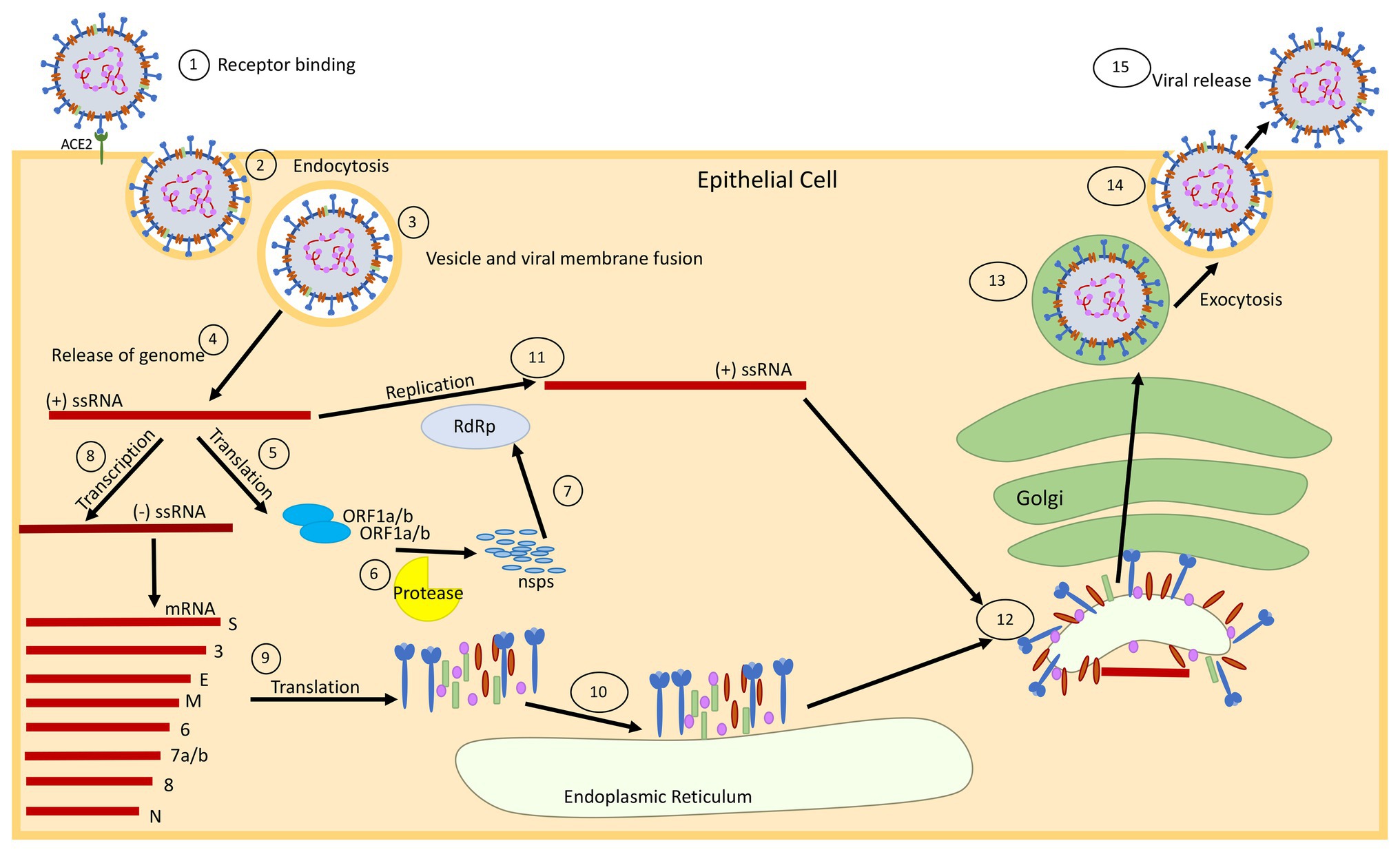
Approaches for assessing the effects of stressors on the two higher levels of biological organization (communities and ecosystems) are described in Chapter 6.įull PCoD models have been developed for a number of marine mammal populations ( Lusseau et al., 2012 Nabe-Nielsen et al., 2014 New et al., 2014 King et al., 2015). data on the variation in the level of exposure to the stressor experienced by different individuals can be used to scale up the anticipated changes in vital rates so that they can be used to predict population-level effects.Īs noted in Chapter 4, these transfer functions and their associated causal flows correspond to the first five levels of biological organization in the hierarchy of responses to a stressor illustrated in Figure 4.1.variations in health may affect individual vital rates (the probability of survival, giving birth, or growth/attaining sexual maturity for an individual), and.the resulting changes in behavior can affect health (defined as all internal factors that affect fitness or homeostasis),.exposure to stressors (such as noise) affects individual behavior,.
Make multiple sheets pcad 2006 series#
It consists of a series of transfer functions that describe how This Population Consequences of Disturbance (PCoD) model is described by New et al.


Office of Naval Research in 2009 has formalized this model structure and extended it to cover all forms of disturbance.

Modeling the Population Consequences of Exposure to Multiple Stressors INTRODUCTIONĪ conceptual model of the Population Consequences of Acoustic Disturbance (PCAD) was first developed by the National Research Council (NRC) (2005).


 0 kommentar(er)
0 kommentar(er)
